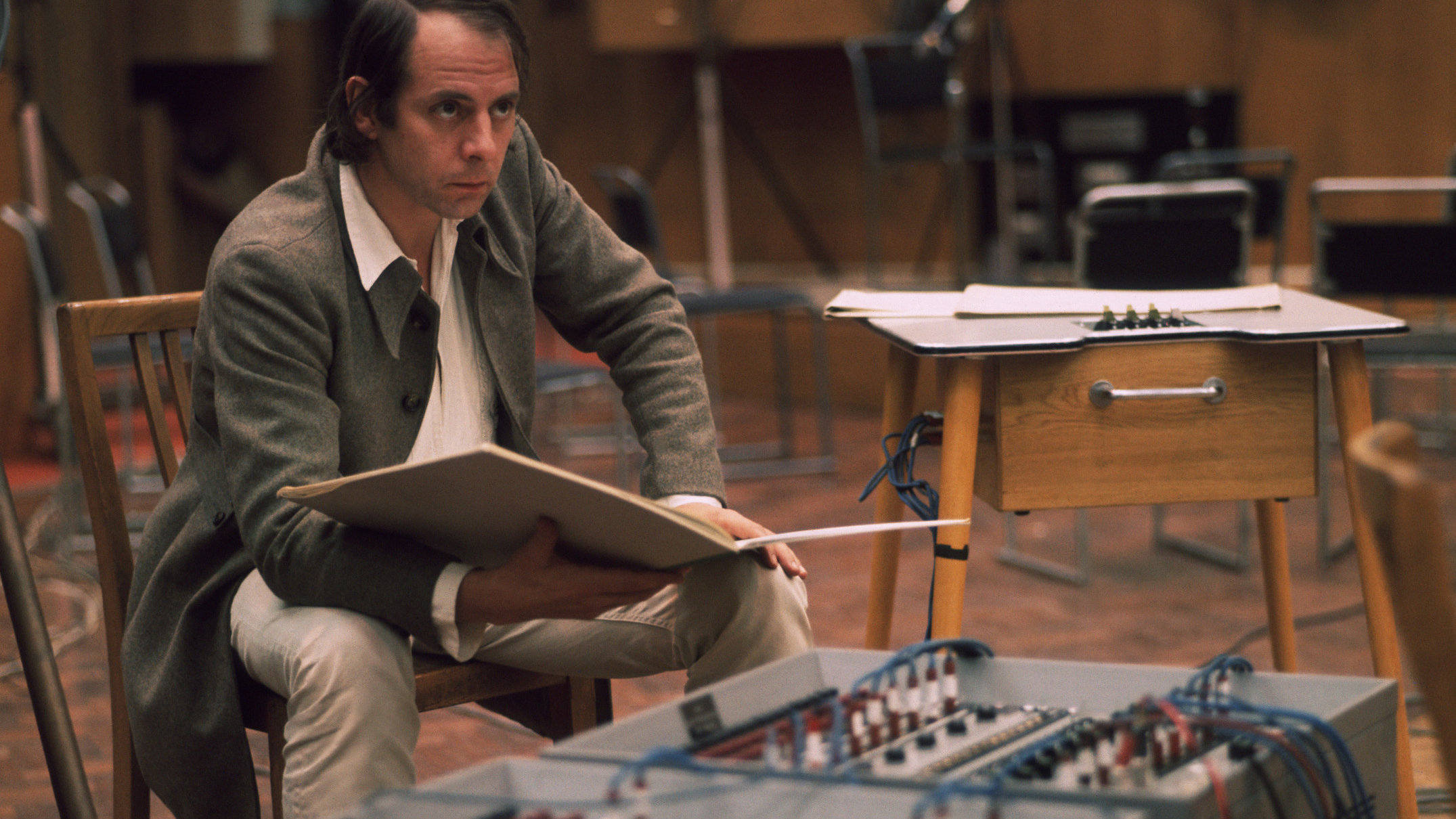Rip up the rule book with these 10 experimental composition tips and tricks
Step out of the box with these experimentation ideas

The 'experimental' in experimental music is in the ear of the creator.
For a house producer, experimental might mean adding a layer of ornamental sci-fi bling to a four-to-the-floor beat. A folk singer might experiment by writing a tune in Phrygian mode (E F G A B C D, in the key of E) instead of a major or minor key.
An already experimental composer might flex their über-experimental muscles by going for extremes: John Cage wrote an organ piece that lasts for 639 years (currently 11.5 years and 13 notes into its debut Halberstadt performance.)
However you work though, stepping outside the box every now and then can be a hugely rewarding way to break out of a compositional rut. Here are ten quick experimentation tips and tricks to help you along.
1. Misbehave!
When you set out to create an experimental piece, start by getting a sense of the conventional boundaries of the style/genre you're working in. Then you'll have a set of commandments you can blissfully break.
2. Tell a story
All successful works of art tell compelling stories. When you're done with a piece, listen to it objectively and ask yourself: Does this tell an engaging story and take listeners on a satisfying journey? If not, have the chutzpah to go back to the drawing board.
3. Scales
The effectiveness of the pitchworld (key, melody, harmony) of a piece depends on its central scale. Choose - or better yet, invent - a great-sounding scale or set of scales, and half the battle is done.
Want all the hottest music and gear news, reviews, deals, features and more, direct to your inbox? Sign up here.
4. Melody
Even the most radically experimental music can benefit from beautiful melodic lines. Beauty, in this case, does not necessarily mean: sweet, consonant, lyrical. It can mean: harsh, dissonant, violent.
5. Foreground/background
Humans parse perceived reality into foreground and background to prevent being overwhelmed by attention- demanding input.
Take this into account when you compose an experimental piece: Use volume and/or filtering to place one or two key layers in the foreground and relegate the remaining less-important layers to the background.
643. Randomisation
Randomisation is an experimentalist's best friend. Using it (wisely!) can bring you to musical places you would never have arrived at otherwise: structurally, melodically, timbrally. The trick is to be able to reject the dozens of unsuccessful results randomisation yields and go for those rare, wonderful-sounding flukes. We think of combining guided randomisation with human intervention (tweaking) as deep compositional collaboration.
7. Teasing the grid
Since drum beats are so deeply ingrained in the expectations of 21st century music listeners, you can have great fun discombobulating them! Food for grid- teasing thought: irregular meters, mixed meters, polymeters, irrational meters, extreme or wildly varying tempos. Or dare to go grid-free: no pulse, no meter, no repetitive beat, just a compelling succession of percussive events.
8. Clearing the palate
When you're composing music that consists of out-there sounds, it's all too easy to overwhelm your ear with sheer audio weirdness. For this reason it's important to take frequent breaks when you're making experimental music, to clear your sonic palate.
9. Bach'ing mad
Ideally, each layer (instrument) of your piece should be compelling both as an individual line and as a member of the ensemble (mix of all layers). Learn from a Bach fugue, whose voices make musical sense when played individually (solo) and together (polyphony).
10. Top, bottom, middle
Top-down composers start with a detailed plan. Bottom-uppers jump in and see what happens. Middle of the roaders yo-yo back and forth between the two. Figure out what kind of working method is best for you, and stick with it!
Computer Music magazine is the world’s best selling publication dedicated solely to making great music with your Mac or PC computer. Each issue it brings its lucky readers the best in cutting-edge tutorials, need-to-know, expert software reviews and even all the tools you actually need to make great music today, courtesy of our legendary CM Plugin Suite.
